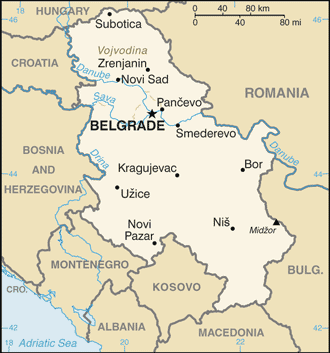 |
Serbs settled
the Balkan Peninsula in the 6th and 7th centuries and adopted
Christianity in the 9th century. In 1166, Stefan Nemanja, a Serbian
warrior and chief, founded the first Serbian state. By the 14th
century, under the rule of Stefan Dusan, it became the most powerful
state in the Balkans. After Serbia was defeated in the Battle of Kosovo
in 1389, it was absorbed into the Ottoman Empire. Throughout the 19th
century its struggle against Ottoman rule intensified, and in 1878
Serbia gained independence after Russia defeated the Ottoman Turks in
the Russo-Turkish war of 1877–1878. In the Balkan wars (1912–1913), Serbia and other Balkan states seized hold of more former Ottoman lands on the peninsula.The Kingdom of Serbs, Croats, and Slovenes was formed in 1918; its name was changed to Yugoslavia in 1929. Various paramilitary bands resisted Nazi Germany's occupation and division of Yugoslavia from 1941 to 1945, but fought each other and ethnic opponents as much as the invaders. The military and political movement headed by Josip Tito (Partisans) took full control of Yugoslavia when German and Croatian separatist forces were defeated in 1945. Although Communist, Tito's new government and his successors (he died in 1980) managed to steer their own path between the Warsaw Pact nations and the West for the next four and a half decades. In 1989, Slobodan Milosevic became president of the Serbian Republic and his ultranationalist calls for Serbian domination led to the violent breakup of Yugoslavia along ethnic lines. In 1991, Croatia, Slovenia, and Macedonia declared independence, followed by Bosnia in 1992. The remaining republics of Serbia and Montenegro declared a new Federal Republic of Yugoslavia (FRY) in April 1992 and under Milosevic's leadership, Serbia led various military campaigns to unite ethnic Serbs in neighboring republics into a "Greater Serbia." Serbia continued its - ultimately unsuccessful - campaign until signing the Dayton Peace Accords in 1995. In 1998, an ethnic Albanian insurgency in the formerly autonomous Serbian province of Kosovo provoked a Serbian counterinsurgency campaign that resulted in massacres of ethnic Albanians living in Kosovo. The Serbian government's rejection of a proposed international settlement led to NATO's bombing of Serbia in the spring of 1999 and to the eventual withdrawal of Serbian military and police forces from Kosovo in June 1999. Elections in September 2000 led to the ouster of Milosevic. Milosevic was arrested in 2001 and tried in The Hague, Netherlands for crimes against humanity. He died in March 2006 before the completion of his trial. In May 2006, Montenegro invoked its right to secede from the federation and it declared itself an independent nation. Kosovo declared itself independent of Serbia in February of 2008. |
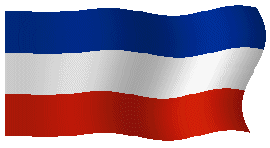 |
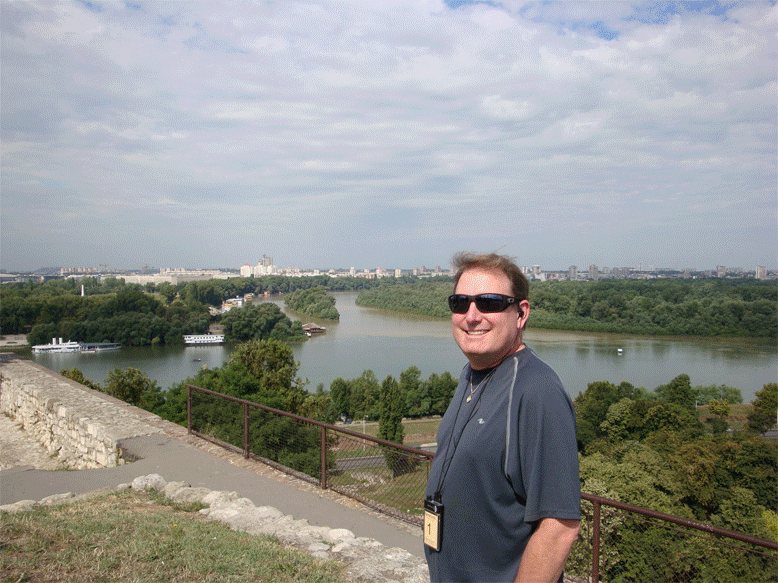
Belgrade 2008
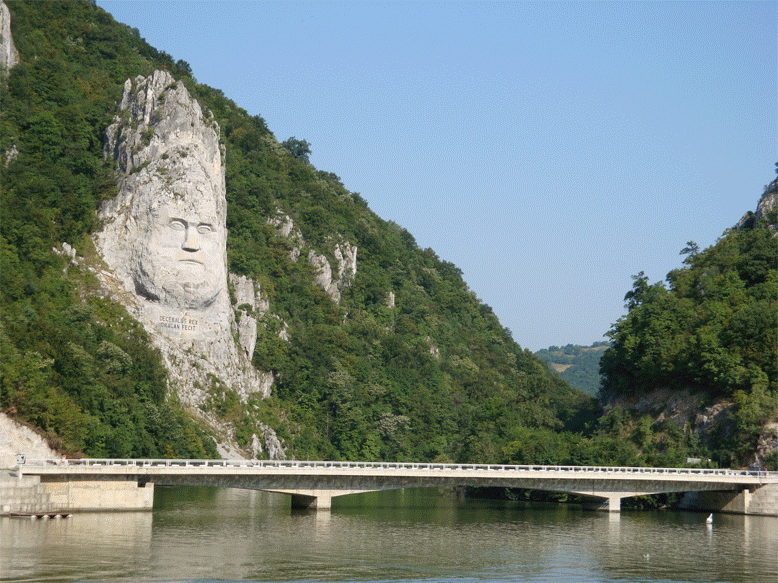
The Iron Gates on the Danube
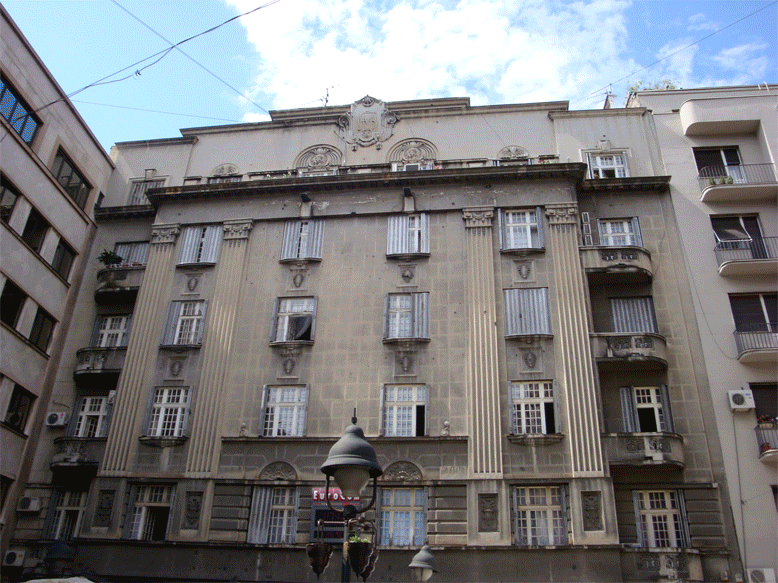
Serbia 2008
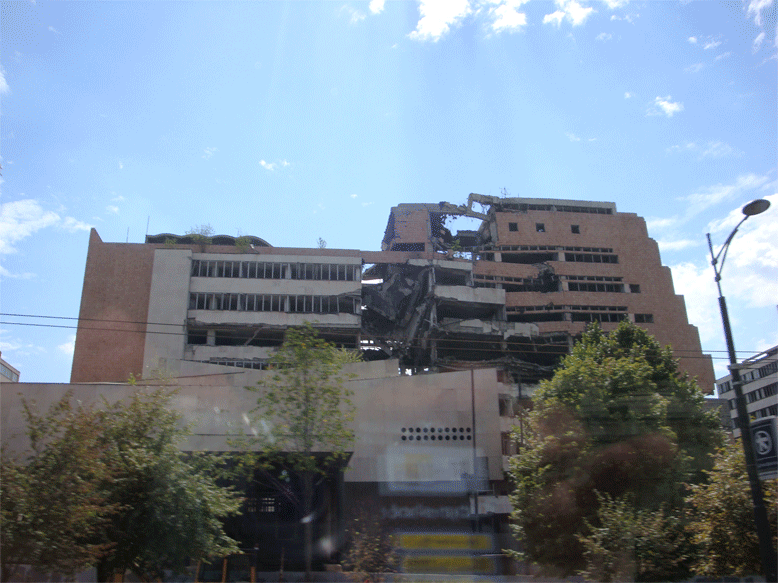
Bombing Damage


